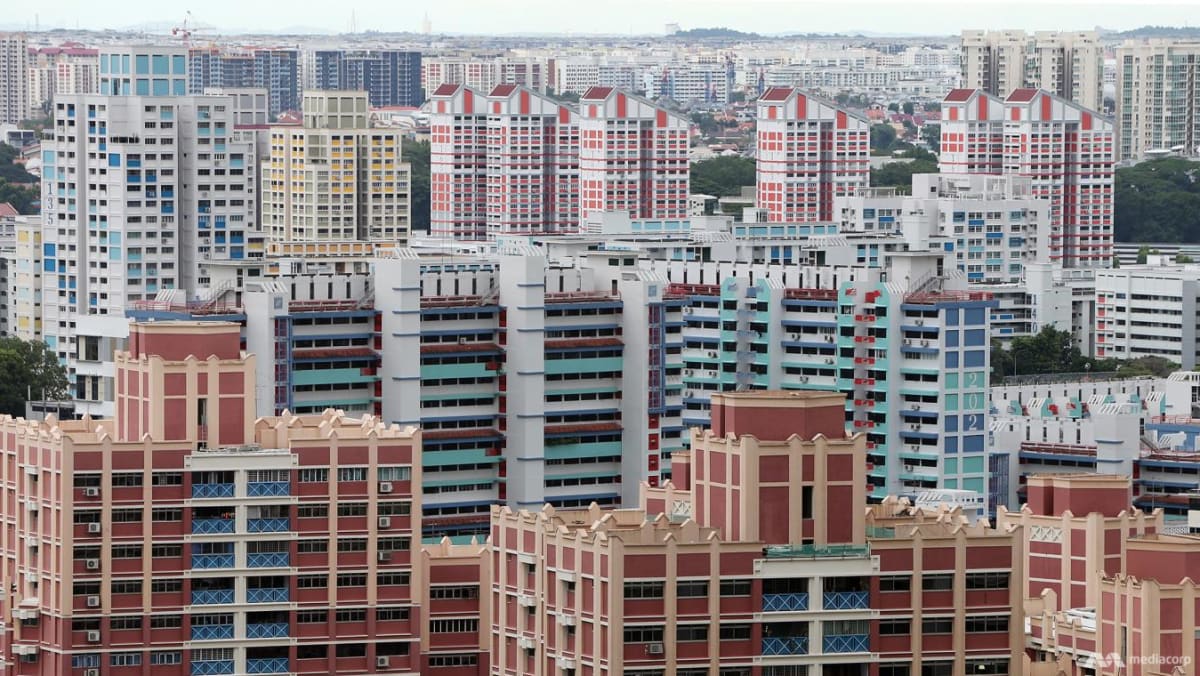Aside from high-density housing developments, there are other ways in which Singapore can reduce feelings of crowdedness.
For instance, mixed-use developments that co-locate housing apartments with shops and supermarkets, transport facilities and even public services provide residents with greater access to a wide array of shops and amenities.
This reduces the need for residents to go into the city or even regional centres, reducing crowds in those places.
A good example of a mixed-use integrated development would be Kampung Admiralty, which incorporates public housing, commercial spaces, community parks as well as healthcare amenities within 0.9 hectare of space.
RECLAIMING MORE SPACE
More importantly, mixed-use developments allow city planners to utilise land space more efficiently by co-locating different needs within the same plot of land, rather than having them occupy standalone buildings.
This in turn will help city planners free up and “reclaim” land that can be used for other purposes, whether this be industry, housing or recreation.
In fact, reclamation is a concept that should be front and centre in a city’s approach in accommodating a growing population.
While we traditionally think of reclamation as the act of reclaiming land from the sea, this concept can be broadened to include reclaiming pockets of existing unused spaces for other uses.
For instance, the architects of Pinnacle@Duxton describe how they “reclaim land in the air” by building sky gardens on the 26th and 50th stories. Similarly, underground spaces hold much potential to be reclaimed for land-use needs. Bidadari estate’s underground service reservoir is a case in point.
The Urban Redevelopment Authority’s recent Recreation Master Plan highlight efforts to reclaim unused spaces such as void decks and spaces under viaducts for recreational use.
Green spaces and recreational facilities that are interspersed within neighbourhoods and housing estates can help break up the visual monotony that is usually associated with high-rise living. These spaces can also provide residents with new and surprising spaces to play and rest, reducing the feeling of crowdedness that tend to affect many densely populated cities around the world.
Even as Singapore continues to grow, it can maintain its urban livability and comfort through innovative urban planning and spatial reclamation. A city that is densely populated does not need to feel crowded.
Dr Woo Jun Jie is Senior Lecturer at the Lee Kuan Yew School of Public Policy, National University of Singapore.
